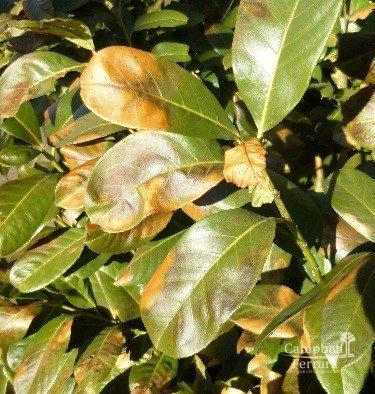
After a particularly severe winter, many plants may show substantial injury. Damage symptoms include discolored, burned evergreen needles or leaves, dead or broken branch tips and branches.
At winter’s end, remove only those branches that are broken or so brown that they are obviously dead. The extent of winter damage can best be determined after new growth starts in the spring. At that time, prune all dead twigs or branches back to within ¼ inch above a live bud. Broad-leaved evergreens showing leaf damage will usually produce new leaves if not too severely injured, be patient, often damaged plants take their time before new growth emerges. Damaged leaves may drop or be removed.
An application of fertilizer to the soil around the winter-damaged plants, accompanied by adequate watering, will usually induce new growth to compensate for winter injuries.
Temperatures in Northern Virginia have been unusually cold this winter. When temperatures do not go above freezing for more than 3 days in a row, there is a risk of injury for some plants. We have had several of these periods and one stretch of 7 days.
- Average Low for January – 29 degrees *2015 – 24 degrees
- Average Low for February – 31 degrees *2015 – 17 degrees
- Average Mean Temps. for January – 36 degrees *2015 – 32 degrees
- Average Mean Temps. for February – 37 degrees *2015 – 26 degrees







Hey very interesting blog!
Saved as a favorite, І like your web site!